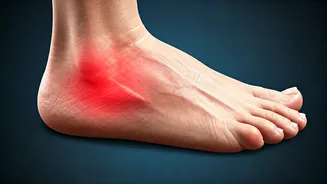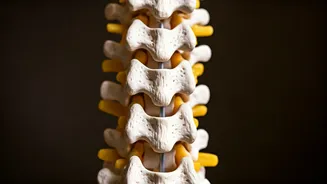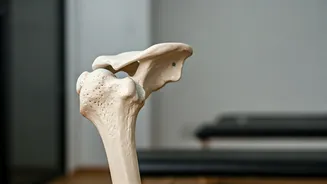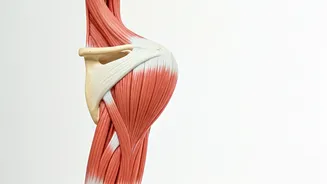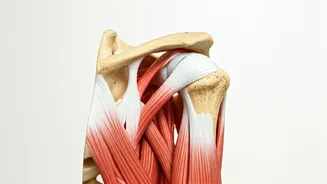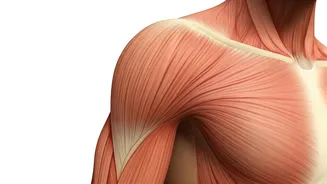Understanding Joint Pain
Joint pain, a widespread ailment, can manifest in various forms, with the big toe often being a primary site of discomfort. It's crucial to acknowledge
that this seemingly localized issue may indicate a more profound underlying cause. Several conditions, ranging from common ailments to more serious health concerns, can trigger this type of pain. Understanding these potential factors is the first step toward effective management and relief. This knowledge can also encourage prompt medical attention when needed, thus preventing potential complications and promoting overall well-being.
Common Causes Identified
The origin of joint pain, especially in the big toe, often stems from specific health conditions. Gout, a form of arthritis, is frequently implicated, marked by the buildup of uric acid crystals within the joint. Osteoarthritis, resulting from the breakdown of joint cartilage, and other forms of arthritis, such as rheumatoid arthritis, can also lead to pain and inflammation. Additionally, injuries like sprains, fractures, and strains can result in immediate discomfort and long-term consequences. Understanding the nuances of these conditions allows for targeted diagnostic approaches and the selection of suitable treatment options to address the underlying cause of the pain.
Associated Health Conditions
Joint pain, specifically in the big toe, can also be linked to several broader health issues. Diabetes, for instance, has been correlated with an increased risk of gout and other joint problems due to its effects on uric acid levels and inflammatory responses. High blood pressure (BP) and cardiovascular diseases are also linked, as they can contribute to joint inflammation and reduce blood flow, exacerbating pain. These associations highlight the interconnectedness of various bodily systems and underscore the importance of comprehensive health assessments for effective management. Early detection and treatment of these related conditions can play a crucial role in mitigating the severity and frequency of joint pain episodes.
Symptoms to Watch
Recognizing the symptoms accompanying joint pain is essential for an informed response. Redness and swelling around the affected joint are telltale signs of inflammation, commonly seen in conditions like gout and arthritis. Stiffness, especially noticeable in the morning or after periods of inactivity, restricts movement and signifies joint degeneration or inflammation. A warm or burning sensation in the joints can accompany inflammation, signaling an active process needing attention. Difficulties in moving the joint, along with accompanying pain, further complicate daily activities, and warrant further evaluation. These combined symptoms necessitate professional medical insight to uncover the underlying cause and develop a suitable treatment plan.
Effective Management Strategies
Effective management of joint pain in the big toe often incorporates a range of strategies. Rest and elevation are fundamental, especially during acute episodes, providing the joint a chance to recover and reducing swelling. Applying ice packs can effectively reduce inflammation, offering immediate pain relief. Over-the-counter pain relievers, like ibuprofen or naproxen, can help manage discomfort; however, they should be used as advised. In addition, physical therapy can improve joint mobility, strengthen surrounding muscles, and improve overall function. For some underlying conditions, prescription medications may be necessary to control inflammation and manage the condition's progression. It's imperative to consult a healthcare provider for a thorough diagnosis and to tailor treatment plans.
Lifestyle Adaptations
Lifestyle changes can significantly impact the management of joint pain and can improve overall health. Maintaining a healthy weight reduces stress on joints, which can ease pain and slow the progression of conditions like osteoarthritis. Regular exercise, particularly low-impact activities like swimming or cycling, strengthens the muscles around the joints, supporting stability and improving function. Dietary adjustments, especially those focusing on anti-inflammatory foods, can help manage pain and inflammation. Staying hydrated is also essential for maintaining joint health, as it helps with the cartilage's ability to absorb shock and maintain its integrity. Making gradual changes in daily habits and routines can substantially influence how one copes with joint pain.
